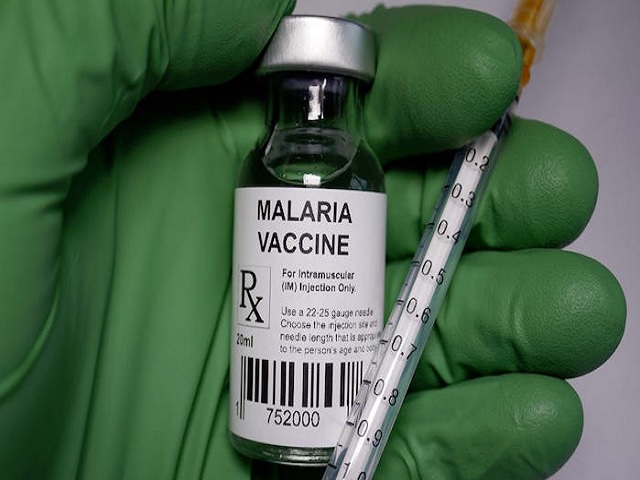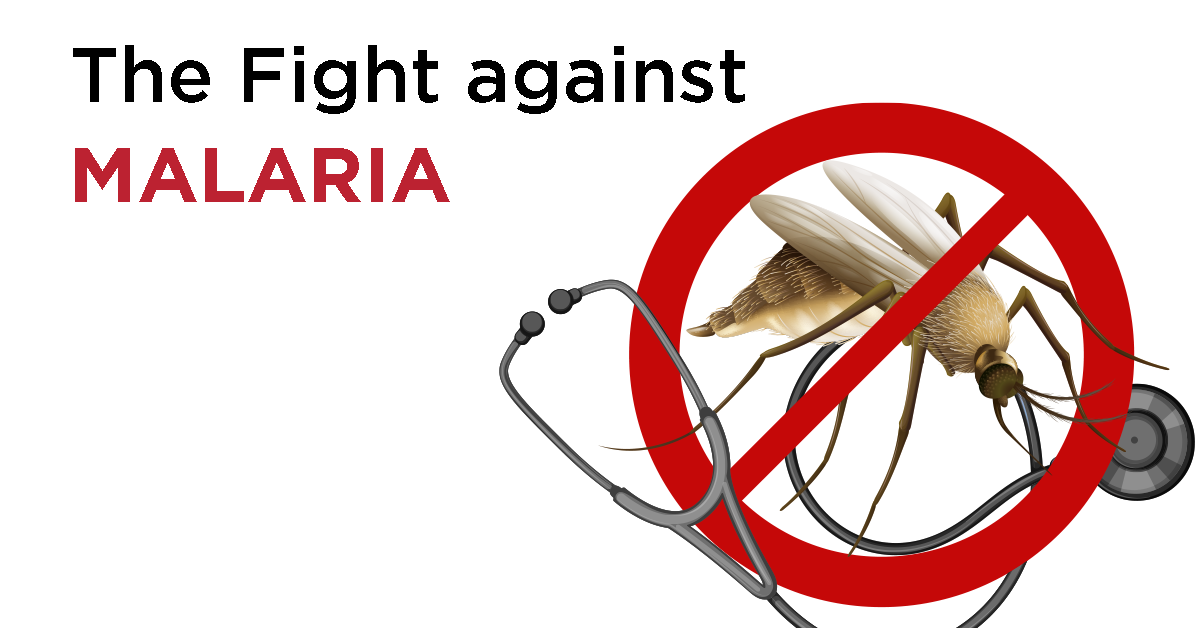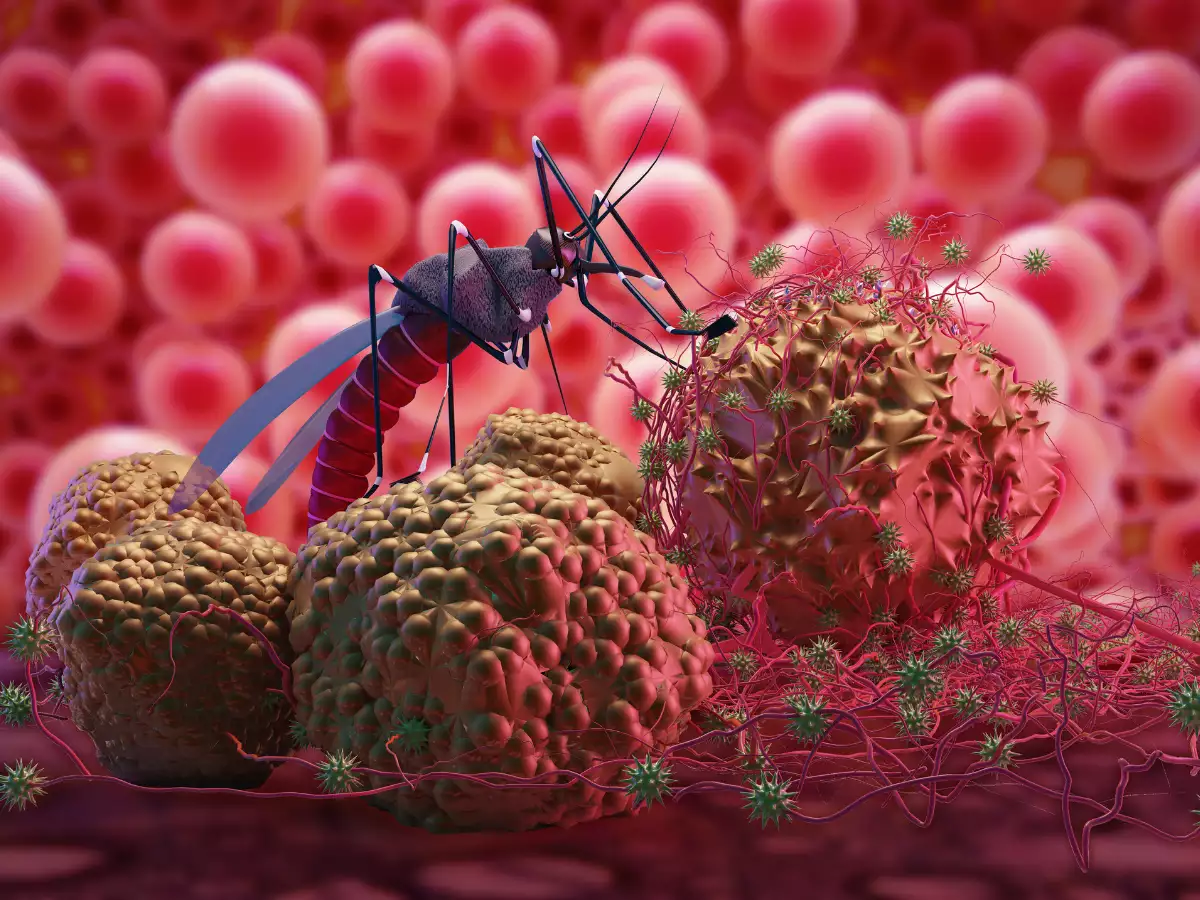Malaria, a disease caused by the Plasmodium parasite transmitted through the bite of infected Anopheles mosquitoes, continues to cast a long shadow globally. This year, the World Health Organization (WHO) reveals in its annual report that the menace of disease is evolving, intertwining with the specter of climate change.
Understanding Malaria: Causes, Symptoms, Prevention
Causes and Symptoms
It is often marked by fever, chills, and flu-like symptoms, is caused by Plasmodium parasites. These parasites multiply in the liver and infect red blood cells, causing recurring cycles of illness.
Prevention Strategies
Preventing this involves a multifaceted approach. Insecticide-treated nets, antimalarial medicines, and indoor residual spraying are among the key preventive measures. Despite strides in expanding access to these interventions, the WHO report reveals a disheartening reality.
Lifecyle of Disease and Pathogen
The lifecycle of the Plasmodium parasite, the causative agent of the disease, intricately unfolds through a series of stages involving both mosquitoes and humans. Commencing with the bite of an infected mosquito, the tiny parasites, known as sporozoites, enter the bloodstream and embark on a journey to the liver, where they invade liver cells. Within the liver cells, these sporozoites transform into merozoites, multiplying rapidly.
The burst of infected liver cells releases these merozoites into the bloodstream, initiating a cyclical process of invasion, replication, and subsequent bursting of red blood cells. This repetitive cycle leads to the manifestation of malaria symptoms. When an uninfected mosquito bites an individual in this malaria-infected stage, it ingests the merozoites along with the blood.
Inside the mosquito, these merozoites transform into gametocytes, which eventually fuse, forming new parasites called sporozoites in the mosquito’s salivary glands.
The transmission cycle recommences when this infected mosquito bites another person, injecting sporozoites into the bloodstream, perpetuating the cycle of infection between mosquitoes and humans. Disrupting this complex lifecycle is vital in preventing and treating the disease, involving strategies such as bed nets, antimalarial medications, and mosquito control measures to break the transmission chain.
Why awareness required ?
Understanding and being aware of this serious infection is crucial for several reasons. First and foremost, being informed about the risks and ways to prevent it helps protect ourselves and our communities.
This can make people very sick, especially young children and pregnant women, and knowing how to avoid it can save lives. Additionally, being aware of the connection between climate change and malaria highlights the need for collective action to protect our environment and reduce the impact of global warming.
The more we know about malaria, the better we can support efforts to develop vaccines and treatments. Overall, awakening to the seriousness of this infection empowers us to take steps to stay healthy, support those in need, and contribute to the broader fight against malaria and its associated challenges.
The Alarming Statistics
In 2022, there were an estimated 249 million cases globally, surpassing the pre-pandemic levels of 2019 by 16 million cases. The disruptions caused by COVID-19 have aggravated the situation, with drug and insecticide resistance, humanitarian crises, and resource constraints adding to the challenges.
The Climate-Malaria Link
Changing Climate Dynamics
The 2023 World Malaria Report scrutinizes the intricate connection between climate change and disease. Changes in temperature, humidity, and rainfall impact the behavior and survival of the malaria-carrying Anopheles mosquito. Extreme weather events, such as heatwaves and flooding, directly influence transmission and disease burden.
Alterations in temperature, humidity, and rainfall significantly impact the behavior and survival of the Anopheles mosquito, the primary carrier of the disease-causing parasites.
Extreme weather events, like heatwaves and flooding, play a direct role in shaping the transmission dynamics and burden of this infection. The rising temperatures create a more extensive geographical range suitable for the mosquito’s survival, expanding the risk of transmitting the parasites that cause the disease.
Changes in humidity affect the breeding habitats of the mosquito, contributing to an environment conducive to increased transmission potential.
Heatwaves, characterized by prolonged elevated temperatures, accelerate the mosquito’s life cycle, leading to more frequent blood meals and a heightened risk of transmitting the infection. Conversely, flooding creates breeding grounds for mosquitoes, resulting in a surge in population density and, subsequently, an increase in the burden of this infection.
A poignant example is the catastrophic flooding in Pakistan in 2022, which resulted in a five-fold increase in infection cases. These insights underscore the direct correlation between extreme weather events and the escalation of transmission dynamics, emphasizing the intricate relationship between climate change and this infectious disease.
The repercussions extend beyond mosquito dynamics, shaping the entire lifecycle of the infection-causing parasites. Temperature influences the development rate of the parasites within the mosquito, affecting the speed at which they mature and become infectious.
The disruptions caused by climate variability reverberate through health systems, impacting essential services and the supply chain of preventive tools.
Furthermore, population displacement due to climate-induced factors complicates the landscape, as individuals without immunity migrate to endemic areas, potentially increasing the overall burden of this infectious disease.
Despite the profound insights offered by the 2023 report, comprehensive data on the long-term impacts of climate change on the transmission dynamics of this infection remains scarce.
The direction and magnitude of these impacts are likely to vary across social and ecological systems, presenting a complex challenge for public health responses.
Acknowledging and addressing this intricate relationship is paramount for the development of sustainable and resilient responses that can effectively navigate the evolving challenges posed by our changing climate.
Catastrophic Consequences
The report highlights the catastrophic flooding in Pakistan in 2022, leading to a five-fold increase in malaria cases. Dr. Tedros Adhanom Ghebreyesus, WHO Director-General, emphasizes the substantial risk climate change poses to malaria progress, especially in vulnerable regions.
Indirect Impacts
Climate variability indirectly affects trends by reducing access to essential services and disrupting the supply chain of preventive tools. Population displacement, driven by climate-induced factors, may lead to increased malaria as individuals migrate to endemic areas without immunity.
Global Malaria Burden Amidst Pandemic Disruptions
COVID-19’s Disruptive Impact
The COVID-19 pandemic disrupted services, leading to a surge in both incidence and mortality rates. Globally, there were five million additional cases in 2022 compared to the previous year, with Pakistan witnessing the largest increase.
High Burden Countries Struggle

In the 11 countries with the highest burden, progress towards 2025 milestones is significantly off track. Challenges like limited healthcare access, ongoing conflicts, and the lingering effects of COVID-19 contribute to this setback.
The impediments to progress are multifaceted, intertwining challenges that extend beyond the direct realm of this infection, illustrating the complex tapestry of obstacles these nations face.
A primary adversary in their battle against this disease is the pervasive issue of limited healthcare access. In these regions, a scarcity of resources, infrastructure, and trained healthcare professionals compounds the struggle against the disease.
The ability to provide timely and effective healthcare services, including diagnosis and treatment, is hindered by these systemic challenges, leaving populations vulnerable to the impacts of the disease.
Ongoing conflicts further exacerbate the already formidable hurdles faced by these high-burden countries. In areas marred by conflict, health systems are often strained or disrupted, making it exceedingly challenging to implement comprehensive strategies for the prevention, diagnosis, and treatment of this infectious disease.
Conflict not only hampers the provision of healthcare but also leads to population displacement, creating environments conducive to the spread of the disease. The intricate interplay between conflict and the prevalence of this disease underscores the urgency of addressing both health and security issues in tandem.
The lingering effects of the COVID-19 pandemic cast an additional shadow over the efforts to combat this infection in these high-burden countries.
The pandemic has strained healthcare systems globally, diverting resources and attention away from ongoing health challenges, including those posed by this infectious disease.
Disruptions in the supply chain for essential preventive tools, diagnostics, and treatments, coupled with the diversion of healthcare personnel to pandemic-related duties, have further impeded progress in these regions.
In the face of these formidable challenges, progress towards the 2025 milestones set by global health authorities is faltering.
The commitment to the WHO’s “High burden to high impact” approach, designed to accelerate progress in these countries, is met with the harsh realities of constrained healthcare systems, ongoing conflicts, and the far-reaching consequences of the recent global health crisis.
The stark off-track status underscores the urgency for tailored, context-specific interventions that address not only the biological aspects of this disease but also the broader socio-political determinants that fuel its persistence.
To forge a path forward, a comprehensive strategy is needed that goes beyond the conventional scope of disease control. It requires addressing systemic issues such as healthcare infrastructure, conflict resolution, and pandemic preparedness.
Additionally, a concerted effort is needed to alleviate the economic and social disparities that contribute to the high burden of this infectious disease in these regions.
Collaborative partnerships, both at the national and international levels, are essential to pool resources, share knowledge, and implement strategies that navigate the unique challenges faced by these high-burden countries.
Progress and Achievements
Vaccine Roll-out

The report acknowledges achievements such as the phased roll-out of the first WHO-recommended malaria vaccine, RTS,S/AS01, in three African countries. This vaccine has shown a substantial reduction in severe and a 13% drop in early childhood deaths.
New Vaccine
In October 2023, WHO recommended a second safe and effective vaccine, R21/Matrix-M, increasing the potential for broad-scale deployment across Africa.
How this works ?
A vaccine targeting this infection operates through a sophisticated process aimed at priming the immune system to recognize and counteract the Plasmodium parasites, the agents responsible for this infection. By introducing harmless portions of the infection-causing parasite, known as antigens, into the body, the vaccine triggers a response from the immune system.
This prompts the production of antibodies by B cells, specifically designed to identify and attach to these infection-causing antigens. Simultaneously, memory cells are formed, creating a lasting record of the unique features of the infection-causing antigens.
When a vaccinated individual encounters the real infection-causing parasites through a mosquito bite, the immune system is prepared. The antibodies and memory cells swiftly identify and neutralize the parasites or mark them for elimination by other immune cells.
While the vaccine may not entirely prevent infection, it substantially lessens the severity of the disease, hindering the parasites’ ability to multiply in the bloodstream.
Essentially, a vaccine for this infection provides the immune system with a training program, ensuring a quicker and more effective response to the actual parasites, ultimately diminishing the impact of the infection.
Malaria Elimination Efforts
Despite challenges, progress towards disease elimination is evident in many countries with a low disease burden. In 2022, 34 countries reported fewer than 1000 cases, and three more countries—Azerbaijan, Belize, and Tajikistan—were certified as disease-free.
The Call to Action
Pivoting in the Fight
A substantial pivot in the fight against malaria is imperative. Increased resources, strengthened political commitment, data-driven strategies, and innovative tools are essential.
Sustainable Responses to Climate Change
The added threat of climate change demands sustainable and resilient responses. Collaboration across society is crucial to building integrated approaches.
A Unified Front Against disease

The battle against this requires not only innovative solutions but also a holistic approach that addresses the multifaceted challenges posed by climate change. It is a call to arms, urging the world to be vigilant, informed, and proactive in the face of this evolving threat. Only through collective efforts can we hope to see a future where the word “malaria” is a distant memory.
The World Health Organization’s (WHO) latest annual report underscores a concerning resurgence of these cases globally, reaching 249 million in 2022, surpassing pre-pandemic levels.
Amidst disruptions caused by COVID-19, the report sheds light on the intricate connection between climate change and this infection, emphasizing the impact of changing temperature, humidity, and rainfall on malaria transmission.
The report highlights the indirect consequences of climate variability on essential services, supply chains, and population displacement.
Despite strides in vaccine deployment and progress toward malaria elimination, challenges persist, with the fight against this disease demanding increased resources, political commitment, and innovative strategies. The call to action is reinforced, stressing the need for sustainable and resilient malaria responses, especially in the face of climate change.
Also read on Dengue global burden : https://biziconic.com/dengue-danger-5-essential-insights-into/
